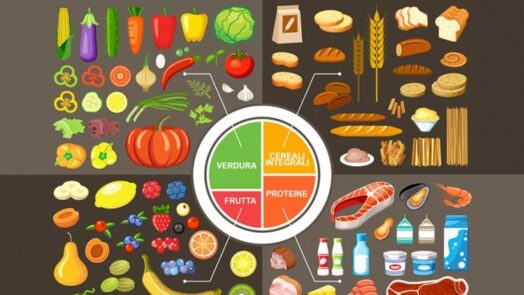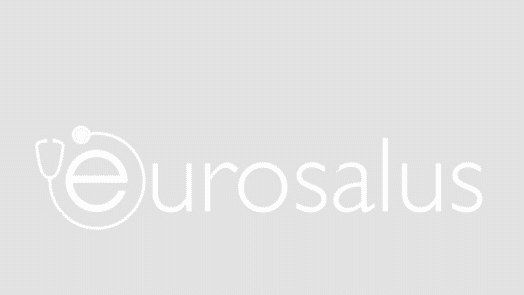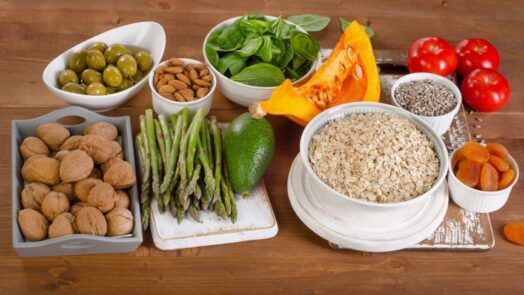Oral tolerance induction by low-dose nickel solution.

Viene riportato in originale il lavoro presentato al congresso europeo di allergologia, tenutosi a Berlino tra il 9 e il 13 maggio 2001.
Titolo: Oral tolerance induction by low-dose nickel solution. Effective and safe treatment of nickel-induced pompholyx.
Relatori Speciani AF, Fasani G, Fumagalli M, Barbieri G et al. (Allergy, 2001;56(s68):146)
Patient’s compliance toward nickel free diet is low. Some reports proposed to treat dermatitis by oral hyposensitization with high doses of nickel and other by standard low-concentration of nickel. We checked individually chosen concentration of nickel solution for the treatment of dermatitis.
Between October 98 and May 99, 102 persons (16 men and 86 women), already diagnosed for nickel sensitivity (Patch test + and DRIA test +, 83 with chronic nickel eczema, 19 with nickel dependent pompholyx), entered this pilot study to evaluate the efficacy of the oral induction of a low-dose tolerance towards nickel. The only diet suggestion was the avoidance of excessive intake of foods containing high concentration of nickel. 10 persons followed for six months just the suggested diet, whereas 92 (14 men and 78 women) underwent DRIA test (Dynamometric Research Into food Allergies) in order to define the individual concentration of nickel in hydro-glycerinated solution suitable for treatment. Erythema, itching, vesicles and desquamation were considered for symptom-score. Patients were given daily by mouth one drop of the selected solution for six months. DRIA test is a challenge test designed to point out in a repeatable way the interference induced onto the muscular strength by the contact between the mouth and a liquid preparation of an allergen.
Of the control group, following just the diet, one person improved and 9 didn’t have any variations. The individually low-dose concentration of nickel defined by DRIA test, was 0,04% for 70 persons, 0,02% for 11, 0,01% for 6, 0,005% for 4 and 0,000625% for one. 5 people didn’t take nickel solution and dropped out. 3 out of 87 remaining people worsened. 12 did not modify symptom score, 43 had a good improvement and 29 recovered. 3 out of the 72 people who improved, worsened initially, but improved later.
Giving people on an almost free diet, suffering from nickel sensitive dermatitis, an individually chosen solution of nickel in water, 82% improved. Further studies are requested to establish the right management of the low-dose tolerance induction, but this treatment could be a promising approach to dermatological allergy.





